Entry Category: Military Science - Starting with U
aka: USS St. Louis
USS Baxter (APA-94)
USS Benton County (LST-263)
USS Boone County (LST-389)
USS Bradley County (LST-400)
USS Calhoun County (LST-519)
USS Charles J. Finger
USS Chicot (AK-170)
USS Cincinnati
USS Clara Dolsen
USS Cleburne (APA-73)
USS Conestoga
USS Cooper (DD-695)
USS Cossatot (AO-77)
aka: USNS Cossatot
USS Craighead (AK-175)
USS Cricket
USS Crittenden (APA-77)
USS Drew (APA-162)
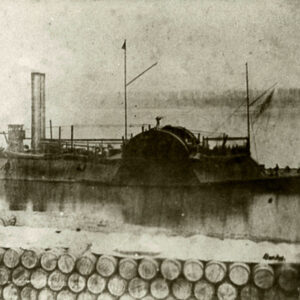 USS Eastport
USS Eastport
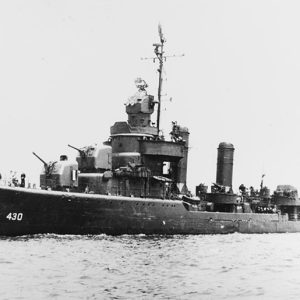 USS Eberle
USS Eberle
USS Eberle (DD-430)
USS Fort Hindman
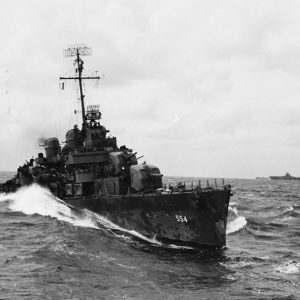 USS Franks
USS Franks
USS Franks (DD-554)
USS Glide
USS Grant County (LST-1174)
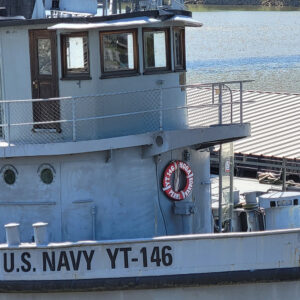 USS Hoga
USS Hoga
USS Hoga (YT-146)
aka: City of Oakland [Boat]
USS Jack Williams
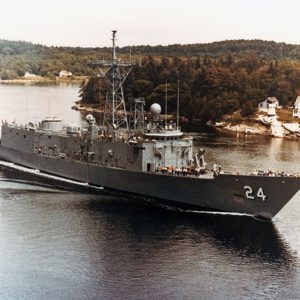 USS Jack Williams
USS Jack Williams
USS Jefferson County (LST-845)
USS John King (DDG-3)
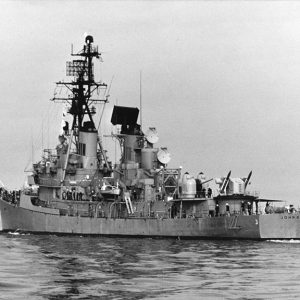 USS John King (DDG-3)
USS John King (DDG-3)
USS John L. Canley
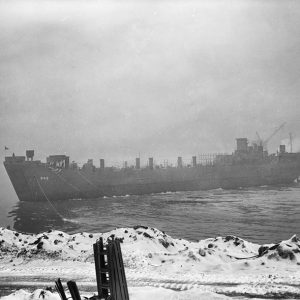 USS Johnson County
USS Johnson County
USS Johnson County (LST-849)
USS Lafayette County (LST-859)
USS Lawrence County (LST-887)
USS Lee County (LST-888)
USS Lexington
USS Lincoln County (LST-898)
USS Linden
aka: Tinclad No. 10
USS Little Rock (CL-92, CLG-4)
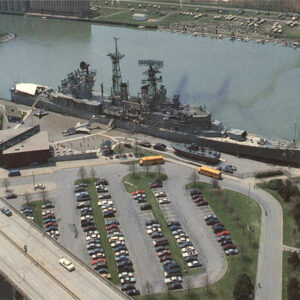 USS Little Rock (CLG-4)
USS Little Rock (CLG-4)
USS Little Rock (LCS-9)
 USS Little Rock Menu
USS Little Rock Menu
USS Louisville
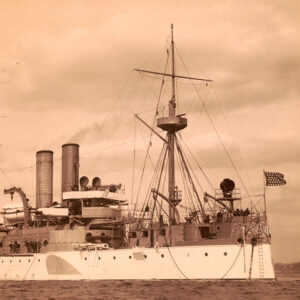 USS Maine
USS Maine
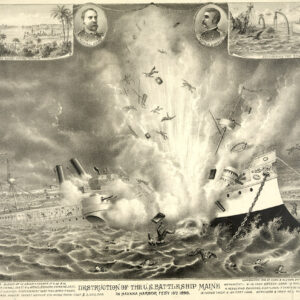 USS Maine Destruction
USS Maine Destruction




